Beer Tour Munich is not about getting drunk. Beer and Food Tour in Munich are famous for fun and history. When you are visiting Munich in Germany, one thing will come first to your mind. A Beer.
Everyone who visits this magnificent city cannot avoid trying its original and world-known beverage.
This foaming poetry of taste is absolutely number one throughout the whole state, especially in Bavaria. This place is known by many different attractions, but the beer is absolutely one of the most famous, I am assured.
This article is going to be kind of my appreciation of this beverage because I personally love it so much. Even, if I don’t drink too much alcohol (anymore).
Furthermore, beer and food tours in Munich were common for me so I assume that it deserves to be written about.
Historical facts about the Beer
First, I would like to say more things about the beer itself. As probably most of you know only basic things about it, I am convinced that it will be useful to know.
Beer is one of the oldest and most widely consumed alcoholic drinks in the world. It is also the third most popular drink overall after the water of course and a tea.
It is brewed from cereal grains, most commonly from malted barley, though wheat, maize (or corn) and rice are also used for its making. In Bavaria, we have Barley only, since the year 1516.
During the brewing process, what’s the resulting beer, in the end, is a fermentation of the starch sugars in the wort produces ethanol and carbonation.
Most modern and nowadays beers are brewed with hops which add bitterness and other flavors. It also acts as a natural preservative and stabilizing agent. Other flavoring agents such as herbs or fruits may be included or used instead of hops, but not in Bavaria. We are proud of our purity law.
In commercial brewing, the natural carbonation effect is often removed during processing and replaced with forced carbonation.
Beer distribution and production
Some of humanity’s earliest known writings refer to the production and distribution of beer. Such is the ‘Code of Hammurabi’.
It included laws regulating beer and beer parlors and the ‘Hymn to Ninkasi’ which was a prayer to the Mesopotamian goddess of beer. It was served then as both a prayer and as a method of remembering the recipe for beer in a culture with few literate people.
Usually, beer is distributed in bottles or cans and is also commonly available on draught, particularly in good pubs and bars.
The brewing industry is now a global business, but microbreweries are raising on acceptance. It consists of several dominant multinational companies and thousands of smaller producers ranging from brewpubs to regional breweries.
The strength of modern beer is approximately around 4% to 6% alcohol by volume although it may vary between 0.5% and 20%.
However, it is known that some breweries are able to create examples of 40% abv beer or even beyond that.
Beer forms part of the culture of many nations and is associated with social traditions such as beer festivals, which are common in Munich, as well as a rich pub culture.
It is involving some interesting activities like pub crawling and pub games.
Beer History
There is a lot to tell about beer history. It is so long that there are not enough pages where I can write about it all, I suppose.

Beer is one of the world’s oldest prepared drinks. The earlier archaeological evidence of fermentation consists of 13000 years old residues of a beer with the consistency of gruel. It is believed that it was used by the semi-nomadic ‘Natufians’ for feasting at the ‘Raqefet Cave’ in the ‘Carmel Mountains’ near Haifa in Israel.
There is also evidence that beer was produced at ‘Gobekli Tepe’ during the ‘Pre-Pottery Neolithic’.
Beer is recorded in the written history of ancient Iraq and Egypt too. Some archaeologists were speculating that beer was instrumental in the formation of civilizations.
I succeed in finding some very interesting facts about it in my researches.
Namely, approximately 5000 years ago, workers in the city of Uruk were paid by their employers in beer, instead of any other valuable kinds of stuff of that time.
During the building of the ‘Great Pyramids in Giza’ in Egypt, each worker got a daily ration of four to five liters of beer which served as both nutrition and refreshment that was crucial to the pyramid’s construction.
A Beer History in Europe
Almost every country in the world has some connections with a beer history.
Xenophon noted that during his travels a beer was being produced in Armenia in Europe.
This beverage was spread through Europe by Germanic and Celtic tribes as far back as 3000 BC and it was mainly brewed on a domestic scale.
By most people today, a product that the early Europeans drank might not be recognized as a beer.
Alongside the basic starch source, the early European beers might contain fruits so as other ingredients. A honey, numerous types of plants, spices and other substances such as narcotic herbs were all common that time.
What they didn’t contain was hops, as that was a later addition. It is first mentioned in Europe around 822 by a Carolingian Abbot and again in 1067 by abbess ‘Hildegard of Bingen’.
Bavaria’s chapter
At the beginning of the 16th century, William IV, who was the Duke of Bavaria in that time, adopted the ‘Reinheitsgebot’ or the purity law.
Beer produced before the ‘Industrial Revolution’ continued to be made and sold on a domestic scale by the 7th century AD. Although beer was also being produced and sold by European monasteries, it was moving on and on.
The Electing Duke from Bavaria, Maximillian I came out of the 30-year war with money, raised by beer.
During the Industrial Revolution, the production of beer moved from artisanal manufacture to industrial manufacture.
Domestic manufacture ceased to be significant by the end of the 19th century.
The development of hydrometers and thermometers changed brewing by allowing the brewer more control of the process and greater knowledge of the possible results.
The use of brown bottles began to be used by ‘Joseph Schlitz Brewing Company’ in Milwaukee, Wisconsin in the US. It started to use since 1912.
That innovation has since been accepted worldwide and prevents harmful rays from destroying the quality and stability of beer.
My own Beer and Food Tour in Munich
As you could find out until now, I have been in a lot of bars and restaurants in Munich. Check out the category “Going Out“.
I tried many different beers though.
Of course, every person has its own taste. That is something people cannot argue about.
But I feel free to provide you my ratings of the beers in Munich based on my previous experiences collected through the past years. I can say that I had a little beer tour in Munich.
Here is my rating
In order of preference, from the first best till the last, but not bad.
Augustiner

In the first place comes the beer at the ‘Augustiner Bar’. I’ve been here on many occasions and this beer I liked the most.
Okay, every beer is like the other ones. They are all bitter, foaming, abv is pretty much the same. But this one has some special taste, in my opinion.
This is known as the best Munich beer in the city.
Hofbräuhaus
The second one will be a beer in ‘Hofbräuhaus’. As it is probably the most popular brewery in this city you could possibly suggest that they have the best beer too. But, for my taste, it is not like that.
I had an opportunity to try it dozens of times. It was always great indeed but I cannot say it was the best I have in my life.
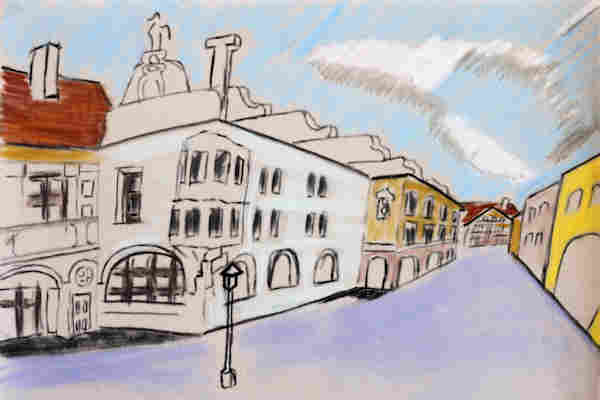
Paulaner
Like the previous two, I have been here many times. So as my friends. I can say that I was pleased with the service and the atmosphere every time. But I cannot say the same for the beer.
Sometimes it seemed it was a little bit stale.
I had a feeling once or twice like I was not drinking a beer at all. It has an appropriate bitterness for my taste but some of you will surely not like it.
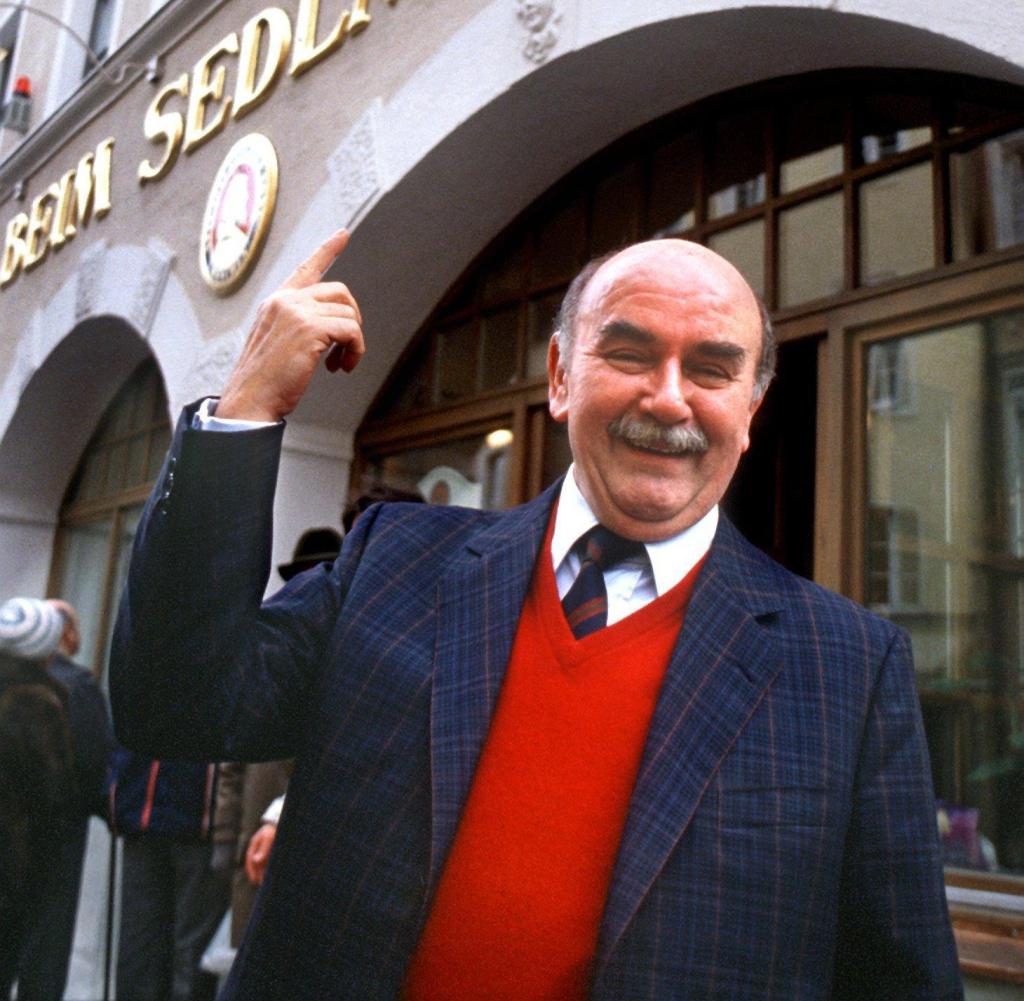
On the other hand, Paulaner Beer surely deserves it place on my list because of its purity and foam that is always good.
Hacker-Pschorr
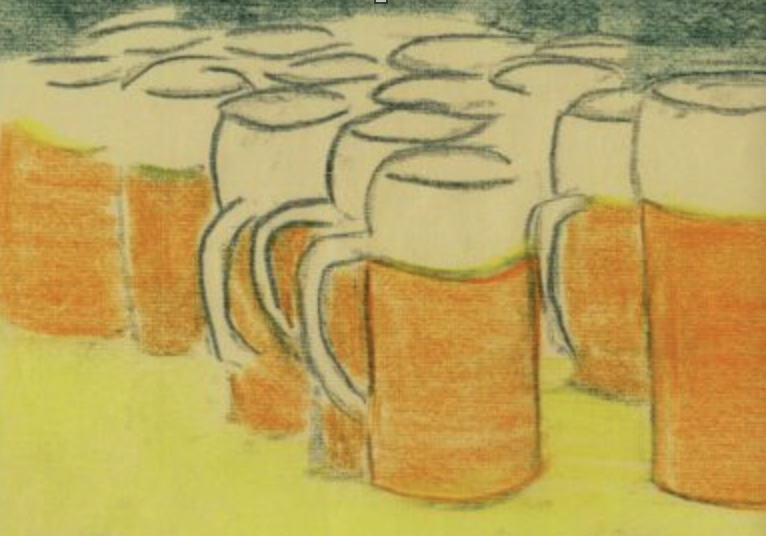
I had an article done about this bar and its special beer recently. I can say only positive tones and words about it.
Hacker–Pschorr is the beer that is always available on the famous ‘Oktoberfest’. So, it mustn’t be a bad one. And it is not.
As you could see in my previous article about this beer, it had many different brewing masters through its history.
A long history is behind this beer and its tradition itself should convince you to give it a try. I truly recommend this one.
Spaten
Spaten Beer is one of Munich’s six major beer brands. Its beer brewing history dates to 1397 when a brewer named Hans Welser set up a small brewery in central Munich, originally named ‘Welser Prew’.
This one has some special taste to me. I can’t describe what kind is it. But the one surely I recommend.
The logo of this beer stayed the same throughout all the years. It is a spade symbolizing a malt shovel bears Gabriel Sedlmayer’s initials.
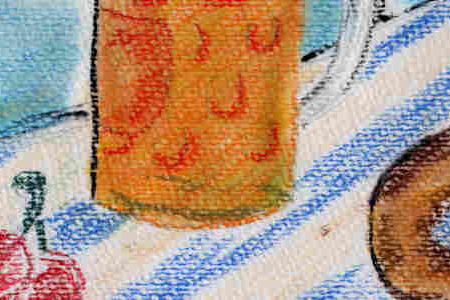
Lowenbrau
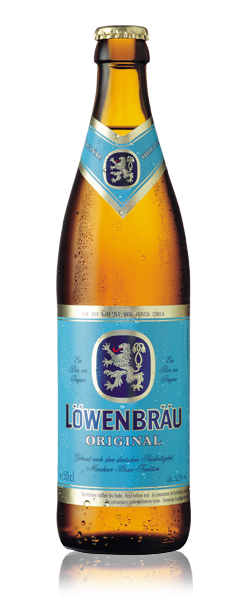
At finally, I have a Lowenbrau Beer at my list.
This beer name is a German for ‘lion’s brew’. Most Lowenbrau beers are marketed as being brewed according to the Reinheitsgebot, the Bavaria beer purity regulation of 1516 I have mentioned before,
Just that fact convinced me to try it and I am not regretful at all!